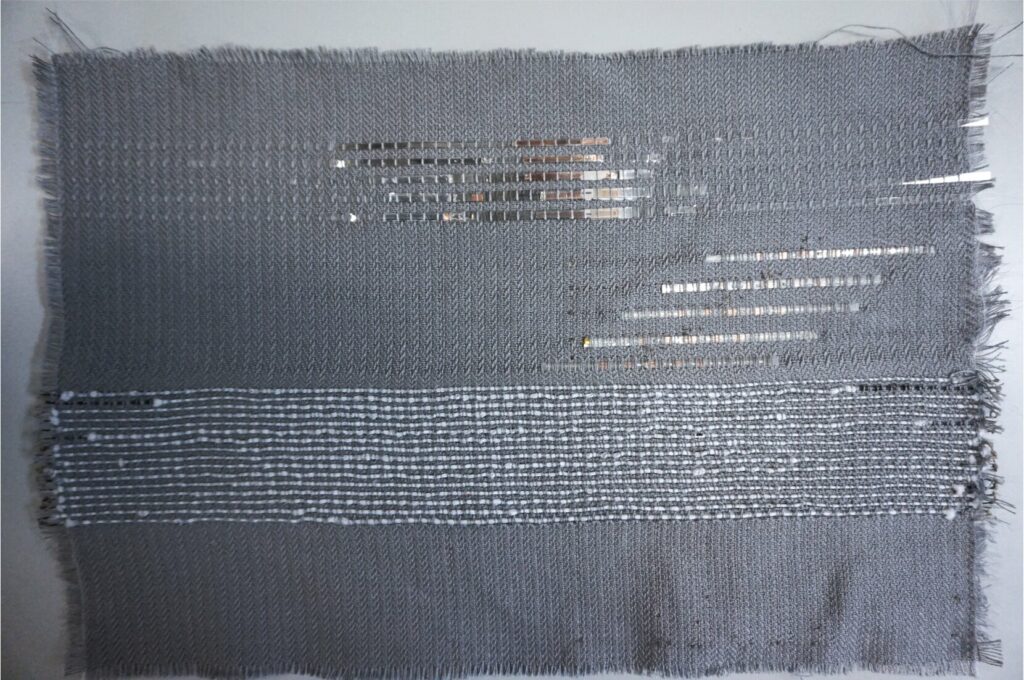Researchers at the University of Cambridge have created smart textiles with LEDs, sensors, and energy harvesting, which can be made in any shape or size using standard textile machines.

Smart textiles are fabrics that integrate electronics and other technologies to provide additional functionalities beyond their traditional textile capabilities, such as sensing, monitoring, and reacting to external stimuli. It has been a challenging task to integrate the same durability present in regular fabrics, which must endure bending, stretching, and folding, into smart textiles.
Researchers at the University of Cambridge have developed low-cost smart textiles with LEDs, sensors, and energy harvesting in any shape or size using regular clothing machines. The team found that smart fabrics, with electronic components woven on industrial looms, offer a cheaper and more sustainable alternative to larger electronics in various industries. Smart textiles have limited functionality, size, and shape due to current manufacturing processes.
Manufacturing smart textiles in specialized microelectronics facilities requires billions of pounds of investment. It is constrained due to everything having to be made on the same rigid wafers used to make integrated circuits, resulting in a maximum size of about 30 centimeters in diameter. The researchers coated smart textile fibers to make them stretchable and compatible with conventional weaving, producing a 46-inch demonstrator display last year. Now, the researchers have shown automated processes that can create smart textiles of any shape and size, with energy storage, LEDs, and transistors woven into synthetic or natural fibers, interconnected by laser welding.
Optimized processes minimized damage to electronic components, resulting in durable smart textiles that withstand industrial weaving machines. Encapsulation methods have been developed to preserve functionality, while mechanical force and thermal energy are investigated for automated weaving and laser-based interconnection. The research team partnered with textile manufacturers have produced 50×50 cm test patches of smart textiles, scalable to larger sizes and mass production. Textile manufacturers can integrate smart fibers into their existing manufacturing process with high throughput fiber extruders and large weaving machines. Smart textiles can be produced in the same way as other textiles.
Researchers suggest industrial looms could produce large flexible displays, cutting costs. The unique and eco-friendly approach allows smart textiles to be used in clothing, buildings, and cars. Optimization of the process is needed.
Reference : Sanghyo Lee et al, Truly form-factor–free industrially scalable system integration for electronic textile architectures with multifunctional fiber devices, Science Advances (2023). DOI: 10.1126/sciadv.adf4049. www.science.org/doi/10.1126/sciadv.adf4049







